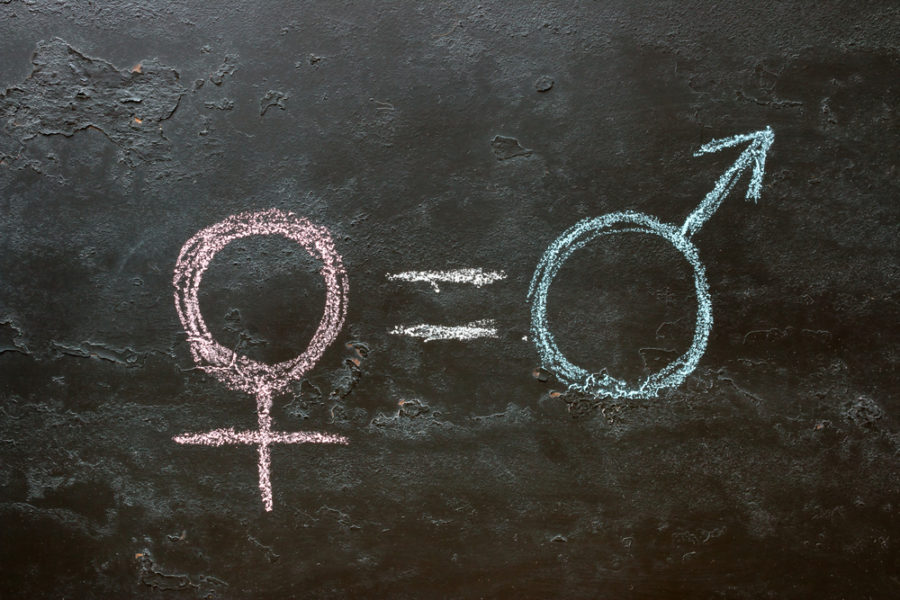Contraception

There are many different types of contraception available in New Zealand. Speak to your Upper Hutt Health Centre Doctor to find the right choice for you.
Oral contraceptive pill
The Oral Contraceptive Pill is a pill that is taken everyday to prevent pregnancy. It is often called ‘the pill’. The pill does not prevent against sexually transmitted infections.
Most oral contraceptives contain a combination of 2 types of hormones: an estrogen and a progestin. Both of these hormones are naturally found in women’s bodies. There are many different types of estrogens and progestins, and different types of pills contain different combinations, but they all work similarly. Some pills contain only progestin, sometimes called the “mini-pill.”
Jadelle – contraceptive implant
The contraceptive implant is a form of contraception for women, to prevent pregnancy. It contains only one hormone, progesterone. It does not contain oestrogen. The contraceptive implant are small rods (about the size of a matchstick) that contains progesterone. These rods are placed under the skin, in the inside of your arm (you can feel the rods under your skin).
The implants works by slowly releasing progesterone into your bloodstream. Progesterone thickens the mucus in the cervix so sperm can’t travel through it and may also stop the ovaries from releasing an egg each month. In this way it prevents pregnancy.
The contraceptive implant is referred to as a long-acting form of contraception, which means that once you have had it fitted, you don’t have to remember about it every day or every time you have sex, until the next implant is due.
Its effect is reversible which means that your natural fertility returns to normal.
Intrauterine contraceptive device (IUD, IUCD)
An IUD is used to prevent pregnancy. You can get copper IUDs or hormonal IUDs (Mirena). These sit inside your uterus (womb). Nylon threads attached to the IUD hang down into your vagina.
An IUD works by preventing fertilisation of the egg. The copper or hormone stops sperm moving through the uterus towards the egg. Occasionally this doesn’t work and an egg is fertilised. The IUD then stops this egg implanting into the uterus.
Most women are able to use an IUD including young women and women who have not had children.
Advantages of an IUD
- Mirena is particularly suitable for women with heavy periods.
- It can stay in place for 5 years or more.
- It’s possible to get pregnant as soon as the IUD is removed.
- It doesn’t interfere with sexual intercourse.
- The IUD is safe to use if you’re breastfeeding.
- It’s safe to use if you can’t take the pill.
- With Mirena, most women have lighter periods and less period pain. Some women may have no periods at all.
- The copper IUD has no hormonal side-effects.
Disadvantages of an IUD
You have to have the IUD inserted. This is usually a simple, safe procedure carried out by a doctor or nurse who is experienced at inserting IUDs. It takes about five to 10 minutes. Most women have some period-like cramping. Some women feel pain and occasionally feel faint when the IUD is put in or taken out. The IUD does not protect against sexually transmitted infections.
More information
Visit Family Planning here.